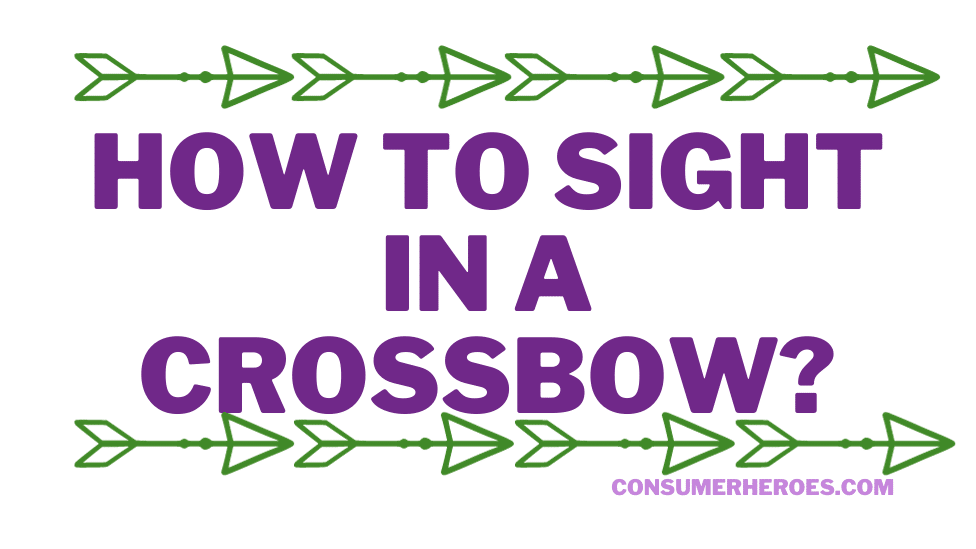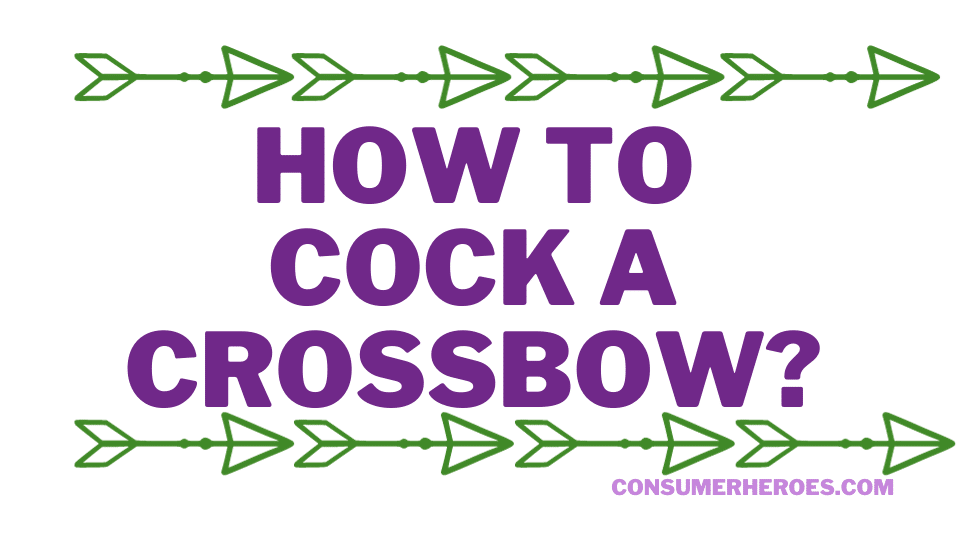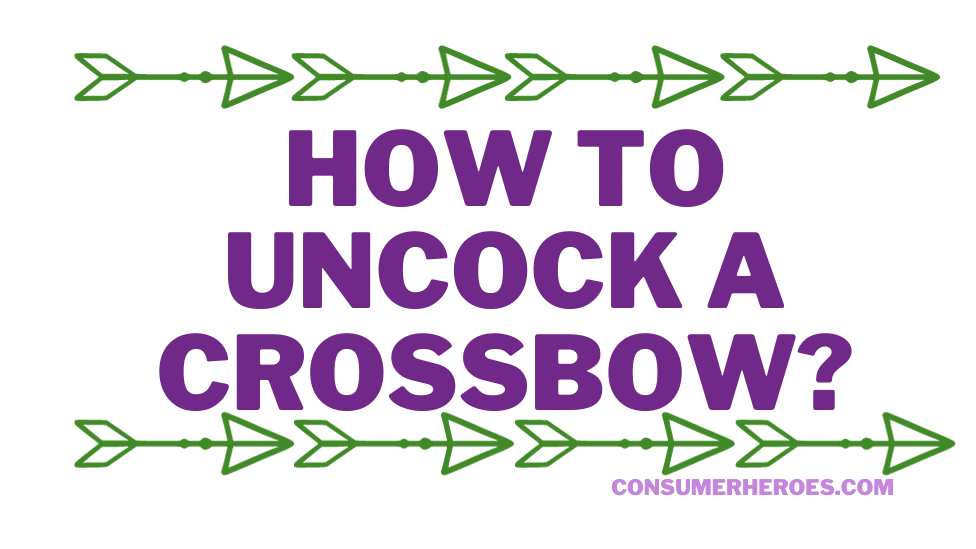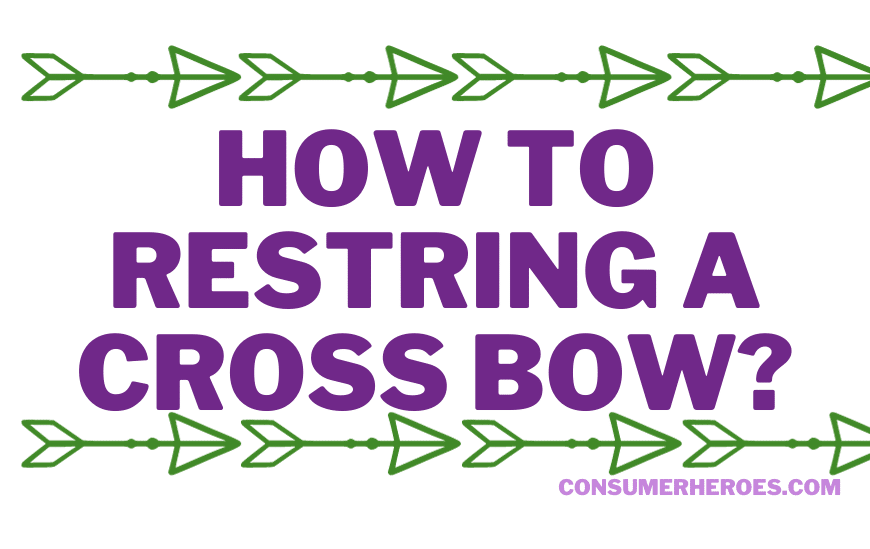Sighting in a crossbow can be a daunting task for beginners. However, it is a crucial step that needs to be done properly to ensure accurate shots. Crossbows are powerful weapons that require precision and accuracy when aiming at targets. In this article, we will provide a step-by-step guide on how to sight in a crossbow.
Firstly, it is important to understand the different components of a crossbow sight. There are two main types of crossbow sights: red dot sights and multi-reticle scopes. Red dot sights use a single dot to aim at the target, while multi-reticle scopes have multiple crosshairs that can be adjusted for different ranges. Understanding the type of sight on your crossbow is crucial in the sighting process.
Secondly, it is important to ensure that the crossbow is properly mounted and secured before sighting in. The crossbow should be placed on a stable surface, and the bolts should be securely fastened. Once the crossbow is in place, the shooter can begin sighting in by adjusting the windage and elevation knobs on the sight. This process requires patience and precision, as small adjustments can make a big difference in accuracy.
Understanding Crossbows
Types of Crossbows
There are two main types of crossbows: recurve crossbows and compound crossbows. Recurve crossbows have limbs that curve away from the shooter and are typically simpler in design. Compound crossbows have a more complex design with pulleys and cables that make them easier to draw and shoot with more power and accuracy.
Recurve crossbows are generally less expensive and easier to maintain than compound crossbows. However, they require more strength to draw and shoot accurately. Compound crossbows are more expensive, but they are easier to draw and shoot with greater accuracy and power.
Parts of a Crossbow
Crossbows have several key parts that are important to understand in order to properly sight in a crossbow. These parts include:
- Stock: The main body of the crossbow that holds the other components.
- Limbs: The flexible arms that store the energy used to shoot the arrow.
- Bowstring: The string that connects the two limbs and holds the arrow in place.
- Scope: The optical device used to aim the crossbow.
- Trigger: The mechanism that releases the bowstring to shoot the arrow.
- Arrow: The projectile that is shot from the crossbow.
In addition to these key parts, crossbows may also have additional components such as a quiver to hold arrows, a cocking device to help draw the bowstring, and a foot stirrup to help stabilize the crossbow while shooting.
Understanding the different types of crossbows and the parts that make up a crossbow is essential for properly sighting in a crossbow and achieving accurate and consistent shots.
Safety Measures
When it comes to crossbow shooting, safety should always be the top priority. Here are some safety measures that should be followed:
1. Use Proper Equipment
It is important to use the right equipment while handling a crossbow. Always use high-quality bolts, broadheads, and other accessories that are specifically designed for crossbows. Using the wrong equipment can lead to serious injury or even death.
2. Check Your Crossbow
Before using your crossbow, always check that it is in good working condition. Check the strings, cables, and limbs for any signs of wear or damage. If you notice any issues, do not use the crossbow until it has been repaired or replaced.
3. Use a Crossbow Cocking Device
Using a crossbow cocking device is highly recommended to ensure that the crossbow is properly loaded and cocked. This will minimize the risk of injury due to improper loading.
4. Keep Your Fingers Away from the Trigger
Always keep your fingers away from the trigger until you are ready to shoot. Accidentally pulling the trigger can cause the crossbow to fire unexpectedly, leading to serious injury.
5. Be Aware of Your Surroundings
Always be aware of your surroundings when shooting a crossbow. Ensure that there are no people or animals in the area that could be harmed by a stray bolt. Additionally, make sure that you have a clear line of sight to your target.
By following these safety measures, you can minimize the risk of injury while enjoying the sport of crossbow shooting.
Setting Up Your Crossbow
Before sighting in your crossbow, it’s important to ensure that it’s properly set up. Here are a few steps to follow:
Step 1: Assemble Your Crossbow
If your crossbow comes disassembled, follow the manufacturer’s instructions to put it together. Make sure all screws and bolts are tightened properly.
Step 2: Mount the Scope
Mount the scope onto the rail of your crossbow, making sure it’s securely attached. Adjust the eye relief and focus of the scope to ensure that it’s comfortable to use and that you can clearly see the reticle.
Step 3: Cock the Crossbow
Cock the crossbow using the method recommended by the manufacturer. This may involve using a rope cocking device or a crank cocking device. Make sure the crossbow is cocked properly, with the string centered on the rail.
Step 4: Install the Arrow
Install an arrow onto the rail of your crossbow, making sure it’s securely seated. Use the recommended arrow length and weight for your crossbow.
Step 5: Adjust the Draw Weight
Adjust the draw weight of your crossbow to the level recommended by the manufacturer. This will ensure that the arrow is propelled at the correct speed and with the correct amount of force.
By following these steps, you can ensure that your crossbow is properly set up and ready to be sighted in.
Steps to Sight in a Crossbow
To ensure accurate shots and a successful hunting or shooting experience, sighting in a crossbow is crucial. Here are the steps to follow when sighting in a crossbow:
Mounting the Scope
The first step is to mount the scope on the crossbow. Start by removing the protective caps from the scope’s mounting brackets and the rail. Then, place the scope on the rail and align it with the mounting brackets. Tighten the screws to secure the scope in place.
Initial Test Shots
The next step is to take some initial test shots to get an idea of where the crossbow is shooting. Start by shooting at a target from a distance of about 10 yards. Take note of where the arrow hits the target and adjust the scope accordingly.
Adjusting the Scope
To adjust the scope, use the windage and elevation knobs located on the scope. Turn the knobs in the direction you want the arrow to move on the target. For example, if the arrow is hitting to the left of the target, turn the windage knob to the right. Make small adjustments and take additional test shots until the arrow hits the target where you want it to.
Final Test Shots
Once you have made the necessary adjustments, take some final test shots from a distance of about 20-30 yards. This will give you a better idea of how accurate your crossbow is. Make any additional adjustments as needed until you are satisfied with the accuracy of your crossbow.
By following these steps, you can properly sight in your crossbow and improve your accuracy when hunting or shooting.
Maintaining Your Crossbow Sight
Maintaining your crossbow sight is crucial for ensuring accurate shots and extending the lifespan of your equipment. Here are some tips to keep your crossbow sight in top condition:
Keep it Clean
Dirt, debris, and moisture can all affect the accuracy of your crossbow sight. To prevent this, make sure to clean it regularly with a soft cloth. If there is any stubborn dirt or grime, use a mild soap and water solution to gently clean the sight. Make sure to dry it thoroughly before using it again.
Check for Damage
Regularly inspect your crossbow sight for any signs of damage or wear and tear. Check the screws, bolts, and other components to make sure they are secure and not loose. If you notice any damage, replace the affected parts or take it to a professional for repair.
Adjust as Needed
As you use your crossbow, you may find that the sight needs to be adjusted for accuracy. Make small adjustments at a time and test your shots to see if they are hitting the target where you want them to. If you are unsure how to make adjustments, consult the manufacturer’s instructions or seek advice from a professional.
Store Properly
When not in use, store your crossbow sight in a dry, cool place to prevent moisture damage. Avoid leaving it in direct sunlight or extreme temperatures, as this can affect the accuracy of the sight. Consider investing in a protective case to keep your crossbow and its accessories safe and secure during transport and storage.
By following these simple tips, you can ensure that your crossbow sight stays in top condition and provides accurate shots for years to come.
Common Mistakes and How to Avoid Them
When it comes to sighting in a crossbow, there are several common mistakes that shooters make. These mistakes can lead to inaccurate shots and frustration. Here are some of the most common mistakes and how to avoid them:
1. Incorrect Crossbow Setup
One of the most common mistakes is not properly setting up the crossbow. This includes not properly mounting the scope, not properly adjusting the draw weight, or not properly aligning the limbs. To avoid this mistake, shooters should carefully read the manufacturer’s instructions for their crossbow and follow them closely.
2. Improper Shooting Technique
Another common mistake is improper shooting technique. This includes not properly gripping the crossbow, not properly positioning the body, or not properly aiming. To avoid this mistake, shooters should practice proper shooting technique and seek out instruction from experienced shooters or coaches.
3. Inconsistent Shooting Conditions
Shooting in inconsistent conditions can also lead to inaccurate shots. This includes shooting in windy or rainy conditions or shooting at different distances. To avoid this mistake, shooters should practice shooting in different conditions and adjust their technique accordingly.
4. Using Low-Quality Equipment
Using low-quality equipment can also lead to inaccurate shots. This includes using low-quality arrows or a low-quality scope. To avoid this mistake, shooters should invest in high-quality equipment that is designed for their crossbow.
By avoiding these common mistakes, shooters can improve their accuracy and overall shooting experience when sighting in a crossbow.
Conclusion
In conclusion, sighting in a crossbow is an essential aspect of owning and using a crossbow. It is crucial to ensure that the crossbow is accurately sighted to achieve the desired results while hunting or target shooting.
The process of sighting in a crossbow involves several steps, including setting up the crossbow, selecting the right scope, and sighting in the crossbow. Each step is essential, and the accuracy of the crossbow depends on how well each step is executed.
Using a crossbow for hunting or target shooting can be an enjoyable experience, but it requires proper care and attention to detail. By following the steps outlined in this article, anyone can sight in a crossbow with ease and accuracy.
Remember to take your time and be patient when sighting in your crossbow. It may take a few attempts to get it right, but the effort is well worth it. With practice, you will become more confident and knowledgeable in using your crossbow, and you will be able to hit your targets with greater precision.







